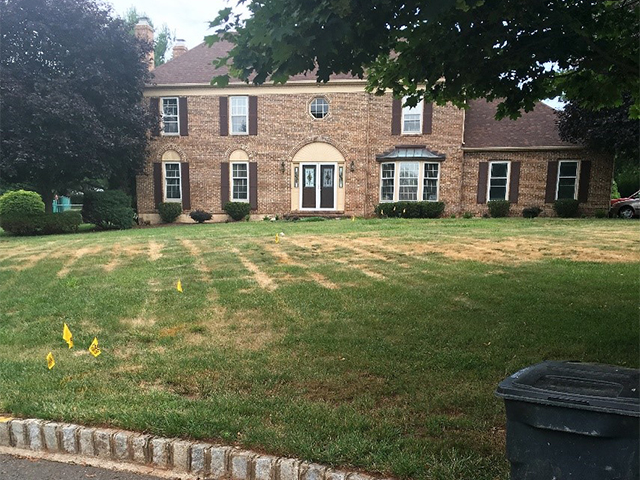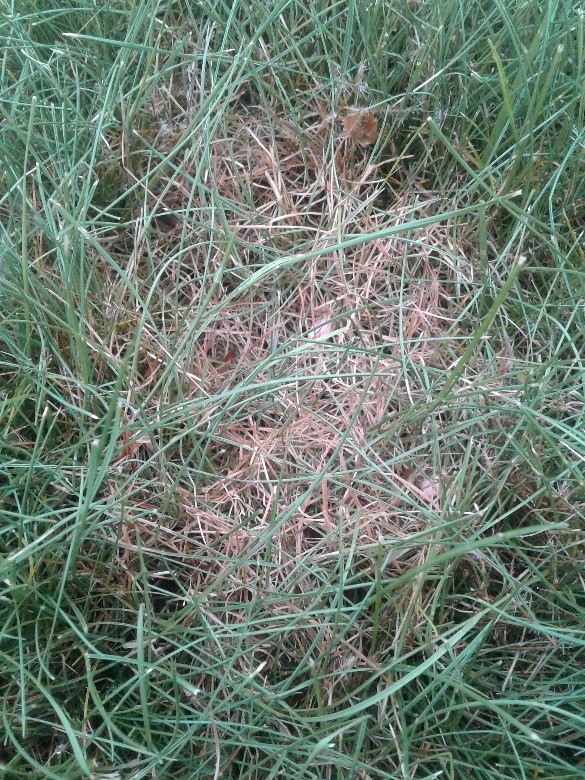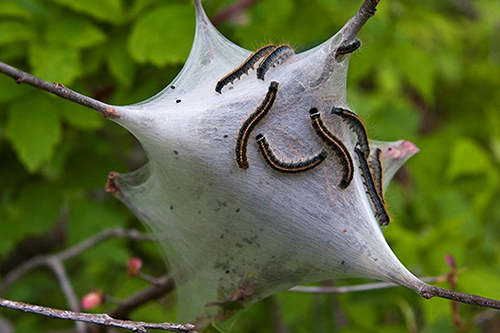Ascochyta Leaf Blight
Last Updated on April 18, 2025 Lawn disease can affect any lawn at any time; regardless of having a professional lawn care company or, if you are a do-it-yourself, lawn diseases can and will happen. A disease in a lawn can occur when a host (grass), a pathogen (fungi) and ideal environmental conditions are present. These […]
Ascochyta Leaf Blight Read More »




